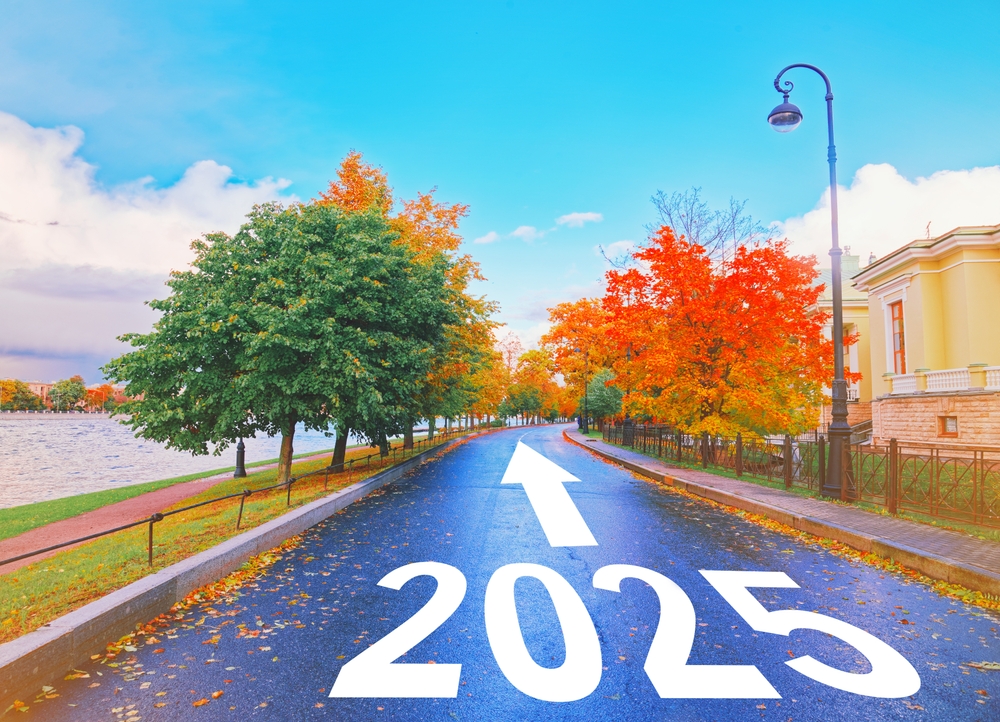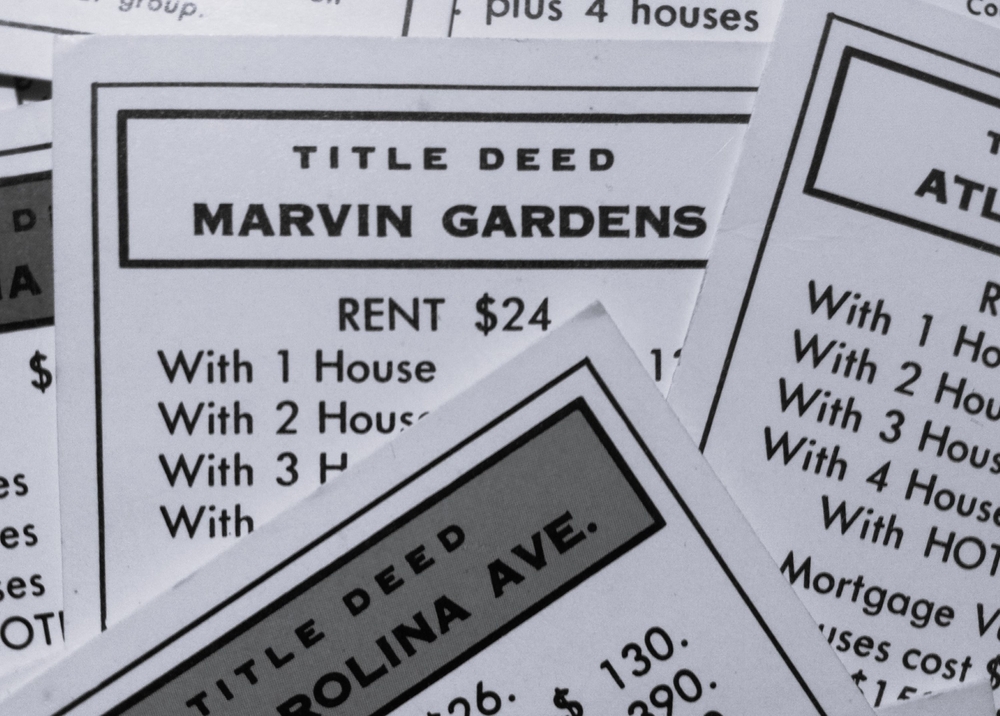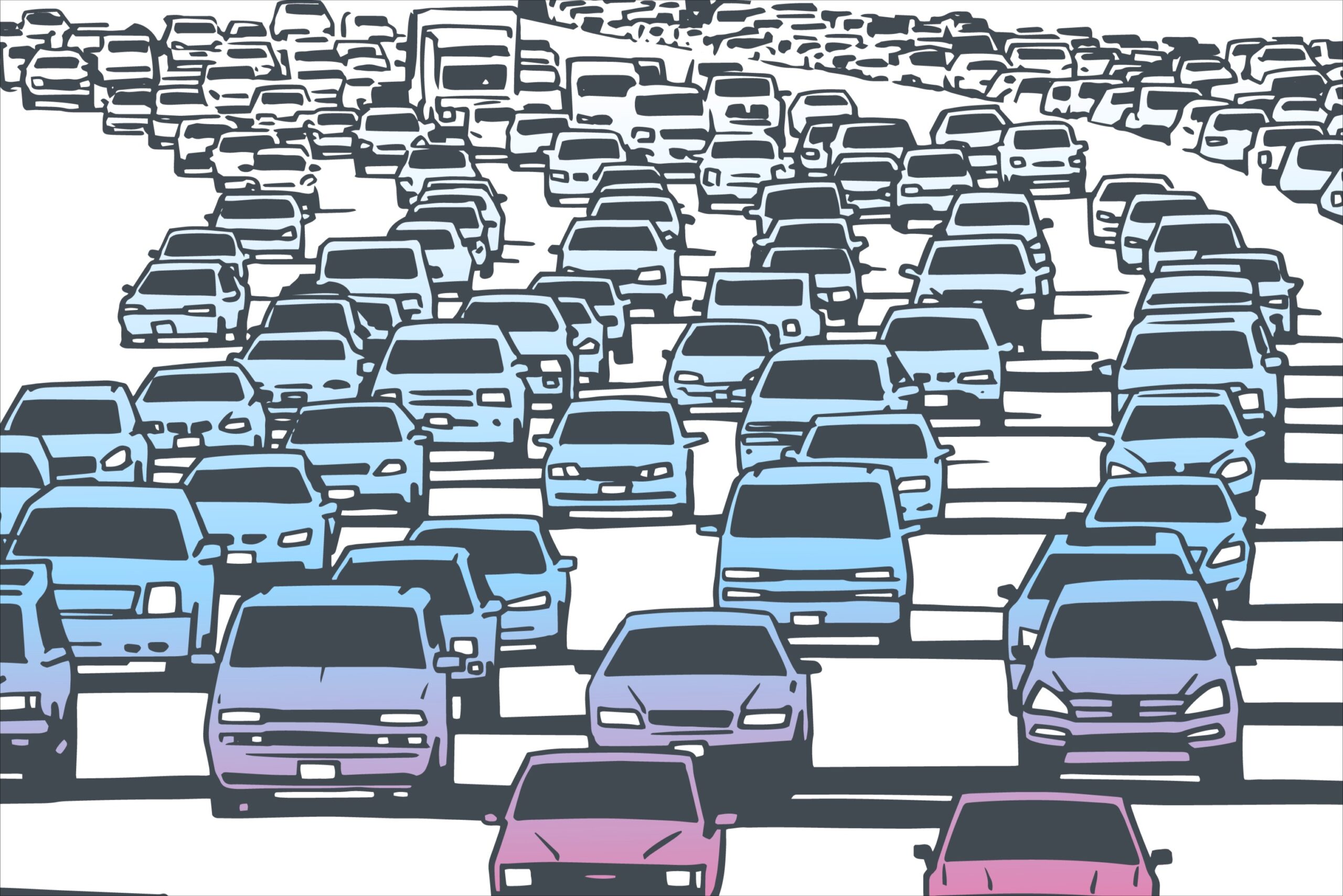
Trouble and promise seem to characterize what’s ahead for distributed energy.
A range of metrics indicates prices will continue to fall for solar, batteries, electric vehicles and other components of the decentralized grid, spurring its continued development. But an apparent White House retreat on clean energy could counter some of the gains.
So how should we approach 2025? What markets will open, what issues will arise, and what grid reformations will become increasingly important?
The Energy Changemakers community took up these questions in a December 4 brainstorming discussion, one of our liveliest yet. Here’s a compilation of some ideas and forecasts that emerged from the discussion to inform our coverage in 2025.
Markets and policy
Expect DER capital to flow to Europe
When President Trump was first elected in 2016, and the Obama-era clean energy agenda was threatened, capital transitioned into Europe. Mark Feasel, executive vice president and chief commercial officer at FuelCell Energy, expects something similar to happen now.
Europe is positioned to “reset and retake that climate mantle,” Feasel says, especially if the war in Ukraine winds down and the EU recharges its climate ambitions.
“I think you really could see a rise in Europe of decentralized energy focused on sustainability,” Feasel says.
This could also boost Asian markets — Japan, Korea and Japan — which will want to sell steel and semiconductors into the European market. “They’re going to have to really double down on their decarbonization efforts, and a big part of that is going to be distributed generation.”
He also noted that hydrogen opportunities are opening up in Korea and Japan.
Read more from Feasel: A Fuel Cell that Readies Us for the Future
Buckle up and refocus
William Prindle, principal of Better Energy Advisors, who has worked in energy in Washington, DC. since the Carter administration, says he’s witnessed bipartisan support for distributed energy over the years and believes it still exists.
“Distributed energy has often been seen by folks on both sides of the aisle as disruptive and about independence and self-reliance,” Prindle says. In particular, he says, there is no political resistance to the concept of improving resilience.
In any case, despite what happens in Washington, state governments have proven to be key to advancing clean energy by instituting renewable portfolio standards and other innovations.
“We’re going through another round of disruption. But those who’ve been in this field for a while know that there have been several in the energy sector. Let’s just buckle up and refocus and see what we can do to move the needle,” he says.
Listen to this Energy Changemakers podcast interview with Prindle.
We don’t appreciate the scale of what’s happening
Skip Laitner, international energy and resource economist, warns that we fail to perceive the impact of climate change and diminishing energy productivity on our economic well-being.
Laitner calculates that the US economy may be $4-$5 trillion smaller by 2050 because of lagging energy productivity, “which means we’re going to have much less in the way of investment, and much less in the way of revenues to support social services, education, research, development, job training, and environmental programs.”
He notes that of our 130 million homes in the US, only five million have solar PV systems, and of our 280 million vehicles, three million are electric. Meanwhile, since 1750 we’ve added the equivalent one trillion cars worth of carbon dioxide, he says
“I don’t think we’re doing a very good job of really understanding the scale of what’s happening and the scale of what we need,” he says.
Read more from Laitner: Yes, the Climate Burden Grows. . . But is that the Only Horseman? and Is the Inflation Reduction Act Enough for us to Meet Climate Goals?
The Grid and Pricing
Build local and then out
Grid architect Lorenzo Kristov recommends “a bottom-up approach” that integrates electric planning with urban planning and builds local energy supply near demand as much as possible.
In contrast, the grid operators and utilities have historically organized electric supply in a “top down” fashion, identifying bulk energy needs and meeting them largely with centralized generation.
Under Kristov’s vision, city planners would quantify the need for power from local transportation, electrification, new subdivisions, and other sources of electric demand and then plan local energy sources to supply it.
“It becomes part of the discipline. The first thing you do as a planner is say, ‘Here’s our electricity needs. How much of this can we meet locally?”
Planners would then identify local entities that could become electric providers, “whether it’s the city government proper, the sanitation district, or the transportation authority, or building out on the roofs of schools and creating local energy businesses,” Kristov says. “You start from a mindset of supplying energy as close to load as possible. And then you build outward from there.”
As more local energy is built, the grid’s role changes; it no longer acts as the chief source of energy but becomes a residual supply.
Listen to this Energy Changemakers podcast to learn more about Kristov’s ideas: Are We Expecting Too Much from Virtual Power Plants?
The grid is not God
Steve Pullins, CEO of ResSET, says that after 40 years developing energy projects, “I’m no longer a big fan of the grid. And here’s why. If you take a look at the reliability and resilience aspects, it’s waning.”
This is why commercial industrial firms are installing onsite generation, he says.
Pullins advises that his customers think of the grid as just one of several electricity sources that may be available to them.
“Don’t give it [the grid] any special God-like status. It has characteristics that are positive; it has characteristics that are negative,” he says.
Electric customers are “looking for alternatives, and they’re looking in a big way, he added, noting the recently approved referendum in Ann Arbor, Michigan to create a sustainable energy utility that rethinks the city’s role in electricity planning.
Listen to this Energy Changemakers podcast to learn more about Pullins work: Off Grid and Urban: An Apartment Building that Signals the Future
Entirely rethink the electricity bill
Bruce Nordman, a researcher at Lawrence Berkeley National Labs, says we should design energy policy and regulation around technological change, as we did for phone and Internet systems.
“The problem is that there has been so little advancement in electricity technology in the last 140 years that people assume it is forever fixed, like a law of physics, but that’s absolutely not true.”
Until we realize this, “investments in the hardware — on-site solar and such — will be based on the foundation of sand of our 19th-century analog system,” he says.
Nordman believes reform should begin with the electricity bill. He points to how we fund other forms of infrastructure. We do not, for example, use a single source to pay for our roads, but we do for our electrical system, which is funded through the utility bill.
Nordman talks more about his ideas on electric billing in this Energy Changemakers Livestream: Putting the Customer First Through a Unified Theory of Grid Coordination
A positive way forward
This final idea I’d like to put out there did not come from the livestream but an Earthshot Foundation event in October. It seems like a good prescription for 2025 or for any time really.
The Earthshot Foundation hosts dialogues organized around its mission “to protect and preserve our livable, abundant planet and to recognize and support the people and missions in pursuit of those aims.”
Chase Weir, an Energy Changemakers’ ambassador and the founder and chair of the Earthshot Foundation, said from the stage at The Kennedy Center in Washington, DC:
“We believe that within each of us lies a creative intensity. And within dialogue, we find the energy to revitalize our relationships, institutions, and ourselves. We believe in the art of dialogue. The art of dialogue is alive and well. I know. You know. It’s not lost. It’s a fire we have to tend, and sometimes rekindle. Dialogue is the meeting place of meaning, feelings, and power: meaning in the purpose and principles of ideas, feelings in the rhythm and timing of conversation, and power in the actions we take.”
Earthshot advocates for what Weir calls non-zero, “a specific kind of logic to our energy destiny.”
“We didn’t invent it. We explain it. Not to be confused with net zero, nonzero is the opposite of zero-sum games and outcomes. A mathematical expression, a proof, of win-win instead of win-lose. Solving for non-zero-sum results, smart energy can and does generate compounding gains for all stakeholders, including our planet.”
With that, we close out 2024, Energy Changemakers first full year providing content and community for those working on the grid edge. Stay tuned. We’ll have much to explore in 2025, and we hope you’ll join us.


